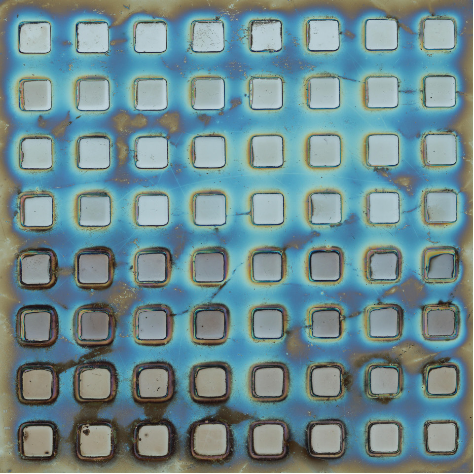High throughput investigation into Sb2Te3-Sb2Se3 phase-change materials
Bin Li*, Ping Xie, Dingquan Liu
Shanghai Institute of Technical Physics, Chinese Academy of Sciences, Shanghai, 200083, China
EXTENDED ABSTRACT: Phase-change materials (PCMs) consist of a unique group of solids, which can be rapidly and reversibly switched between amorphous and crystalline states, moreover, the optical properties, such as dielectric function, of the amorphous and crystalline states present a tremendous difference. This distinctive behavior, presented in some chalcogenide alloys, typical of the Ge–Sb–Te (GST) family, has made them exploited in a wide range of photonic devices. It has been experimentally shown that a strong transmittance contrast will occur in the spectral range of infrared for thin-film layers of PCMs, corresponding to the transition between amorphous and crystalline states due to the largest contrast of the dielectric function. Therefore, the measurement of the mid-infrared transparency of thin films in PCMs will provide a cost-efficient method to reveal the dependence of amorphous-crystalline phase transition on their compositions. In addition, the measurement of the contrast of the dielectric function in transmission mode rather than reflection mode can avoid the noble metal reflectors on the surfaces of substrates.
In our investigation, combinatorial materials libraries of Sb–Te–Se thin films were synthesized. The composition and mid-infrared spectral transmittance of each pixel of Sb–Te–Se thin film in the library were characterized using the energy dispersive X-ray analysis (EDX) and Fourier-transform infrared (FTIR) spectrometer, respectively. The in-depth chemical composition for randomly selected pixels was identified using secondary ions mass spectroscopy (SIMS). The crystallographic structure of some pixels was also identified using micro-area X-ray diffraction (μ-XRD). It can be found that, with the change of composition in Sb–Te–Se thin films, their mid-infrared spectral transmittance can be organized into three distinctive groups, corresponding to amorphous Sb–Se, Sb2Se3 orthorhombic structure and Sb2Te3 rhombohedral structure, respectively. Therefore, the amorphous-crystalline phase transition and the phase-change from the orthorhombic structure of Sb2Se3 to the rhombohedral structure of Sb2Te3 can be completely reflected in the mid-infrared spectral transmittance of Sb–Te–Se thin films.

Figure 1. A combinatorial materials library of Sb–Te–Se thin films.